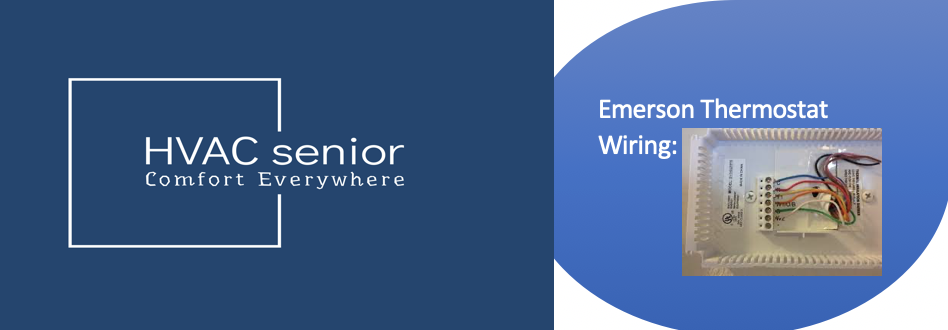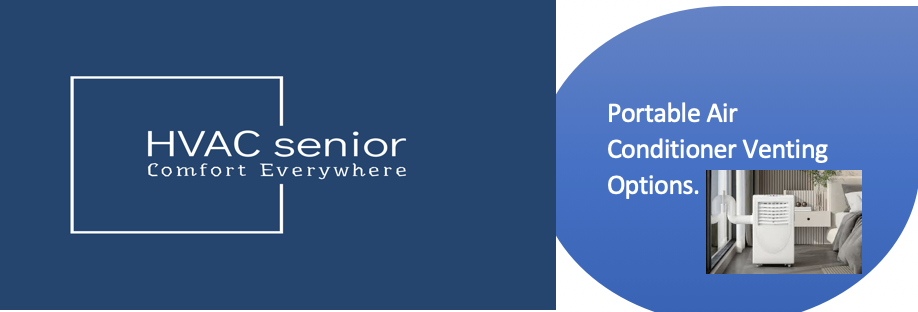Home Central Heater Not Working? Find out why and how to fix it
Inconvenience and annoyance can result from a broken central heating system in a home, especially in the colder months. Home Central Heater Not Working is a common problem that homeowners experience.
To restore warmth and comfort to your house when your central heating system malfunctions, it’s critical to identify and resolve the problem as soon as possible.
At a glance: Home Central Heater Not Working due to Dirty Flame Sensors,Dirty Air Filter or Bad Inducer Motor.Read up on how to fix it.
This introduction will walk you through typical causes of central heater issues, such as thermostat problems and mechanical breakdowns, and will provide you helpful insights into possible troubleshooting techniques.
Related>>>>Home heater not working.
You can maintain a comfortable and effectively heated house by being aware of the underlying issues and knowing how to fix them.
Causes of Home Central Heater Not Working.
There could be a number of reasons why the central heating system in your home isn’t working. A filthy flame sensor and an unclean air filter are two of the most frequent causes of central heating problems in homes.
Replace the air filter every one to two months and use a steel wool pad to clean the flame sensor. Future issues will be less likely as a result.
1.Dirty Flame Sensors.

A dirty flame sensor is one of the main causes of a central heating system that won’t work in your home. For your furnace to operate safely and effectively, the flame sensor is essential.
When the burner ignites, it serves to detect the presence of a flame. The furnace may wrongly shut down, believing there is no flame, if it can’t do so precisely because of filth or residue buildup.
Signs:
–Furnace Turns On and Off.
Furnace startup followed by abrupt shutdown is the telltale sign of a filthy flame sensor. This occurs because the sensor’s pollution prevents it from accurately sensing the flame.
As a result, the furnace’s safety system engages, resulting in a preventive shutdown.
Fix:
Cleaning the Flame Sensor.
To address this issue, you can perform a relatively simple maintenance task to clean the flame sensor:
- Power Off: Begin by turning off your furnace to ensure your safety during the cleaning process. If necessary, remove the protective metal plate in front of the burners to access the sensor.
- Cleaning: Carefully use a steel wool pad to vigorously rub the exposed stainless steel portion of the sensor. This abrasive action will effectively remove any accumulated soot, carbon, or other contaminants that may have settled on the sensor.
- Reassembly: Once you’ve thoroughly cleaned the sensor, make sure it is securely in place.
- Restart: Finally, turn your furnace’s power switch back on.
By taking these actions, you may frequently solve the issue of a clogged flame sensor and return your home’s central heater to proper operation.
As part of your monthly furnace maintenance, regularly checking and cleaning the sensor can help prevent this problem from repeating and guarantee that your heating system runs smoothly and effectively throughout the colder months.
Also read>>>>Ventless Heater Moisture Problems.
2.Dirty Air Filter.
A dirty air filter is another typical reason for a broken central heater in a house. Air filters are used by central heaters to filter out dust, allergies, and other impurities from the air they circulate.
There are symptoms connected with this problem when the air filter clogs, which can result in heating issues.
Signs:
Furnace Short Cycling and Blowing Cold Air.
Short cycling, a phenomenon where the furnace starts and stops quickly, is one obvious sign of a dirty air filter.
Furthermore, if your heater is blowing cold air rather than warm air, the air filter may be clogged. Because the blocked filter inhibits airflow, the furnace overheats and shuts down as a safety mechanism, resulting in these problems.
Fix:
–Replacing the Air Filter.
Replacing a dirty air filter is a straightforward process that can help resolve these problems. Here are the steps to change an air filter:
- Locate the Filter: Most air filters are situated just before the return duct in front of your furnace.
- Remove the Old Filter: Carefully remove the dirty filter from the front of the return duct.
- Install the New Filter: Replace it with a new filter, ensuring that you follow the arrow on the side of the filter to install it correctly. Notably, one side of the filter often has a wire netting; position this side facing the furnace and its blower fan.
- Inspect for Damage: If the filter is excessively dirty, it may have been pulled in towards the motor by the furnace fan. When removing a bent or twisted filter, exercise caution to prevent any damage to furnace components.
You can maintain ideal airflow, stop your furnace from short cycling, and make sure it continually blows warm air by frequently checking and replacing your air filter.
The effective operation of your home’s central heater might be considerably improved by this straightforward maintenance chore.
Also read>>>>Furnace leaking water when ac is on.
3.Bad Inducer Motor.
A broken inducer motor is one possible cause of your home’s central heater not working or not working properly.
The inducer motor is essential in keeping a clean atmosphere where air is heated in the furnace, ensuring the removal of any residues or byproducts of heating.
The top of the furnace is normally where you’ll find this cylindrical part.
Signs:
–Overheating and Lack of Functionality.
A clear indication of a faulty inducer motor is when you remove the furnace door and find it excessively hot to the touch. This overheating is a result of the motor’s inability to properly function.
–Possible Blockage Check
Sometimes, an induced motor failure can occur due to obstructions in the motor’s fan. To check for this, you can inspect the fan and attempt to move it with a screwdriver.
If the fan moves relatively freely without any significant blockages, it’s likely that the problem lies with the inducer motor itself.
Fix:
–Professional Replacement
It’s crucial to obtain the advice of a home heating specialist when replacing a defective inducer motor.
Your central heating system depends on this component for safe and effective operation, and a qualified technician will have the skills and equipment needed to install a new motor properly.
To ensure the effective operation of your home’s central heater and preserve a secure and comfortable interior atmosphere, it is essential to address a broken inducer motor as soon as possible.
It’s usually best to rely on a competent expert for this type of repair because attempting to replace the inducer motor without the necessary knowledge and experience can result in more issues.
Also read>>>>Heater Fan Not Working.
–Bad Blower Motor.
A broken blower motor could be the source of problems with your home’s central heating. This crucial element is in charge of distributing the warm air produced by your furnace throughout your house.
The blower wheel is often located on the other side from the blower motor, which is typically found at the bottom of the furnace and facing your air filter.
Signs:
–Blower Motor Problems.
Several signs can indicate that a bad blower motor is causing problems with your furnace:
- Slow Start and Immediate Shutdown: The blower wheel may turn on slowly before abruptly turning off.
- Resistance in Rotation: The blower wheel might not turn smoothly and easily, suggesting a motor issue.
- Excessive Heat and Odor: If the blower motor becomes hot to the touch, you may notice a burning smell emanating from the furnace.
Fix:
–Professional Replacement.
When a faulty blower motor is the cause of issues with your central heater, it is frequently required to replace the blower system’s motor, blower wheel, and capacitor.
It is preferable to leave this complicated repair to a qualified technician with the training and tools needed to replace the component correctly.
To ensure the effective circulation of warm air throughout your home, it’s imperative to address a broken blower motor as soon as possible.
While clogged filters can potentially impair the performance of the blower, problems with the motor and related parts can cause serious heating concerns.
Relying on a licensed professional for this repair guarantees that your central heating will run efficiently and maintain a comfortable indoor climate.
Also read>>>>Furnace Keeps Turning on and off.
Frequently Asked Questions (FAQs).
What could be causing my home central heater to malfunction?
One common cause of a malfunctioning central heater is a faulty component called the inducer motor.
This motor helps maintain a clean furnace environment by removing heating byproducts. When it fails, it can lead to overheating and safety shutdowns.
How can I tell if the inducer motor is the issue?
An overheated furnace door is a clear sign of a problematic inducer motor. If the door is excessively hot to the touch, it’s time to consider the motor as a potential culprit.
Additionally, inspect for possible blockages in the motor’s fan.
What might be causing my furnace to start but then quickly shut off?
Answer: If your furnace exhibits this behavior, it could be due to a dirty flame sensor. This sensor plays a vital role in detecting the presence of a flame. If it’s obstructed by dirt or residue, the furnace may shut down as a safety measure.
What should I do if my blower motor is causing issues with my heating system?
Answer: When the blower motor is to blame for furnace problems, it’s usually best to have a professional technician replace not only the motor but also the blower wheel and the capacitor.
This ensures that the entire blower system functions properly and distributes warm air efficiently throughout your home.
Conclusion.
For warmth and comfort throughout the colder months, it is crucial to understand the typical causes of a home central heater that isn’t working.
These parts, which include filthy flame sensors, clogged air filters, and broken blower motors, can impair the effective performance of your heating system.
The effectiveness of your central heating and the creation of a warm indoor environment are guaranteed by promptly addressing these problems, whether through professional replacement or cleaning.
These issues may be avoided and fixed with regular maintenance and the knowledge of experienced professionals, keeping your house comfortably warm when you need it most.









